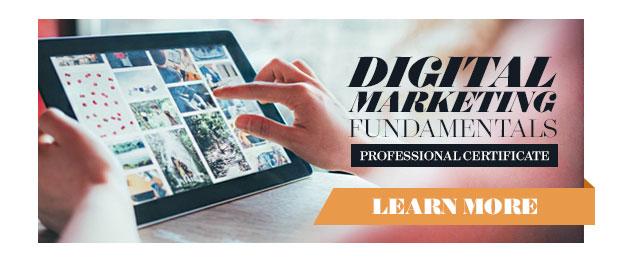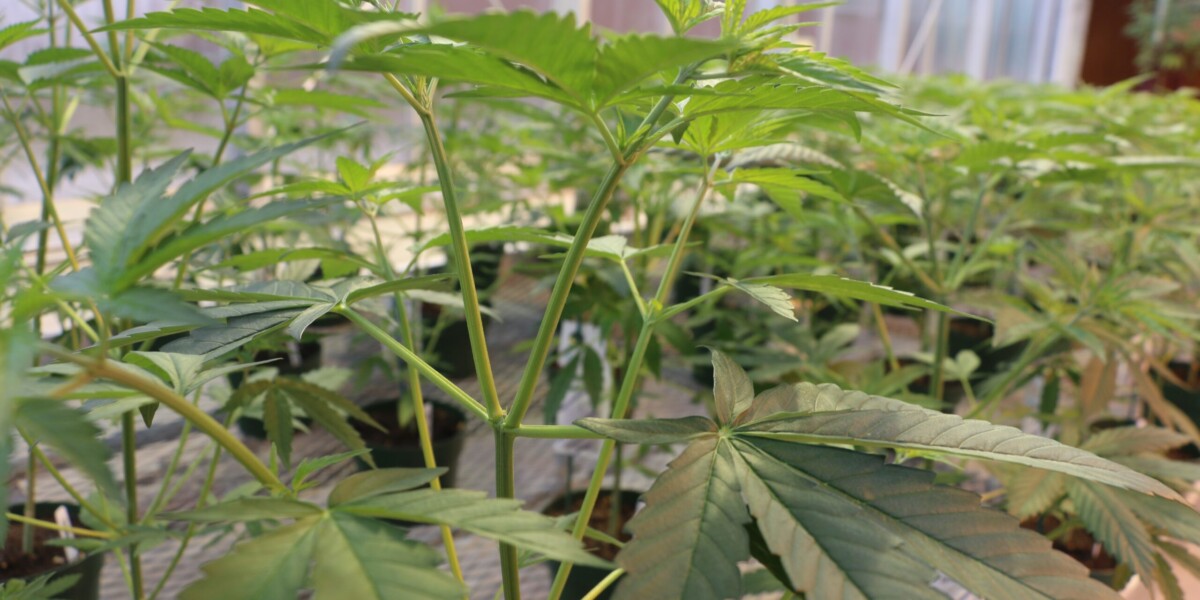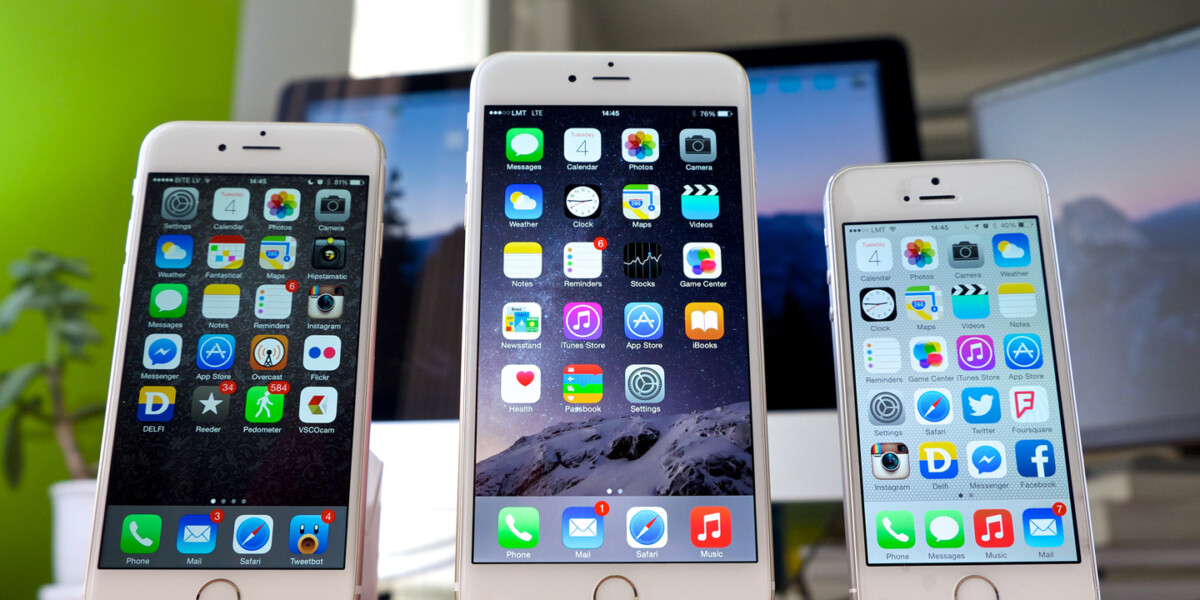By Jed Singer
Instructor, UVM Digital Marketing Fundamentals Program
Every year, we take a look at how the landscape has evolved over the past 12 months in our end-of-year social marketing trends wrap-up. We also like to look forward and make some data-driven predictions on changes to the digital marketing space during the next 12 months. More importantly, how will those changes impact B2B marketers looking to build trust and drive leads through content marketing and social communities?
The digital marketing landscape is evolving faster than nearly any other industry; that’s because the Web itself is changing faster than ever. We’re nearing the realization of Web 3.0—the Semantic/Intelligent Web—thanks to the mountains of data pouring out of new devices, products, and social platforms every second of every day. And marketers need to understand how this deluge of data impacts their content and community marketing strategies. To make some sense of it all for our clients, we try to boil down what changes matter for tomorrow, what traditional strategies are no longer relevant, and what’s on the distant horizon.
Here are the eight biggest trends in digital marketing for 2016, as they relate to content and community marketing, social selling, social recruiting, and marketing automation. Did we miss any? Let us know what you would have added when you share these predictions with your network—just mention us @AskSocialight.
B2B Digital Marketing Predictions:
1. Content Marketing Budgets Continue to Increase
Budgets for content marketing have been increasing steadily over the past several years, so we’re not exactly going out on a limb with #1. According to CMI, 51% of B2B firms plan to increase spending on content marketing in 2016. For most B2B marketers, the value of content marketing is crystal clear: It helps prospects move through their buyer journey faster because the brand is providing answers to questions that are being asked before the prospect reaches out to a salesperson.
And as other vehicles for marketing communications, such as display advertising, continue to spiral downward in effectiveness for a variety of reasons—including the increasing adoption of ad-blocking software, increasing “ad blindness,” and ineffective mobile-ad formats (e.g., “fat thumb” clicks)—content marketing increasingly becomes a way to cut through the clutter and genuinely engage and educate prospects.
However, most B2B marketing and communications departments are resource constrained, meaning that they’re trying to do more with less, and their content marketing efforts, therefore, are less effective. Look for CMOs to adjust budgets for 2016, increasing investment in content marketing—from people to vendors to technology solutions that manage, measure, and optimize content.
2. The New Buzzword: “Content Shock”
This buzzword first popped up in 2014 as a means of describing how difficult content marketing is to sustain. Buyers and influencers are absorbing so much content every day, and content creators are churning out content at unprecedented rates. The theory goes, with attention decreasing and content production/noise increasing, the value of creating content will outweigh the cost.
 Any detractor of content marketing will be prone to use this buzzword to submarine a 2016 content initiative, so be prepared with a response. As a B2B marketer, can you afford to not be creating the best, most engaging, most compelling, most relevant content each month if your competitors are doing just that? Content itself is a new battleground on which firms now compete online for attention with prospects, buyers, and influencers, and that’s something B2B marketers need to realistically accept.
Any detractor of content marketing will be prone to use this buzzword to submarine a 2016 content initiative, so be prepared with a response. As a B2B marketer, can you afford to not be creating the best, most engaging, most compelling, most relevant content each month if your competitors are doing just that? Content itself is a new battleground on which firms now compete online for attention with prospects, buyers, and influencers, and that’s something B2B marketers need to realistically accept.
As a B2B marketer charged with supporting sales with great content to nurture prospects and close deals, content shock becomes even less of a concern. Sales has a one-on-one relationship with the buyer, so the quality and quantity of content becomes even more important to get a dedicated slice of attention while that salesperson is building the relationship and working toward a close.
And for B2B software marketers, maintaining users is even more important than acquiring them. By engaging with existing users through content themes like platform best practices, tips, troubleshooting, case studies, and self-help materials, you build a lasting relationship with your customers through content only when they need it, again mitigating the content shock concern.
3. Search Indexing Evolves Again
Google makes somewhere in the neighborhood of 500 changes to their algorithms each year, so organic search is always evolving. That said, we’re at the precipice of two major shifts in how people search the Web, both of which will have a major impact for B2B marketers in 2016.
The first significant change will be how Google and other search engines index mobile apps. Expect big SERP real estate to be dedicated to native apps and in-app content, and figure out how that factors into your SEO strategy. Do you have a native mobile app? If not, now might be the time to get that ball rolling. If so, assess the structure and content of the app to see where opportunities may lie.
The second major change will be in how search engines incorporate virtual assistant app data, like Apple’s Siri, Amazon’s Alexa, Microsoft’s Cortana, and Facebook’s M. These apps have different user context and expectations than someone searching statically at his or her computer.
In addition to your traditional keyword-based, social signal-based, and link-based SEO, B2B firms will need to reevaluate how their content is crawled and indexed for the on-the-go user leveraging one of these assistant apps.
4. Employees as a Marketing Extension
As employees continue to “come online” through social network linking, and as the workforce continues to get younger, B2B firms will need to wrestle with digital employee advocacy.
How do you organize your employees, create a consistent message across profiles and constituent groups, and orchestrate the sharing and promoting of that message through social channels?
As the buyer journey continues to evolve, prospects are increasingly looking for data points about the strength of the partner/vendor they’re considering bringing on board, especially at the end of their digital journey. It’s critical that when they look at ratings and review platforms, like Glassdoor, or professional networks, like LinkedIn, your buyers see a unified front and a presence that creates trust, not undermines it.
5. Social Selling and Recruiting Are the New Normal
Sales and recruiting as part of your marketing predictions? That doesn’t seem to fit.
Or does it?
 With the democratization of the Web thanks to social platforms like LinkedIn and Twitter, everyone is findable, accessible, and instantly open to new communications. This is especially valuable for those in sales and recruiting roles.
With the democratization of the Web thanks to social platforms like LinkedIn and Twitter, everyone is findable, accessible, and instantly open to new communications. This is especially valuable for those in sales and recruiting roles.
But without marketing’s help, those communications may be disjointed, inconsistent, and off-brand. However, if marketing drives on-brand communication initiatives, like social selling and social recruiting, then communications will be on-brand, consistent, and effective for closing more deals and onboarding the best candidates.
Combine this branding value with the fact that Generation Y and Generation Z are native to these social platforms, therefore more apt to efficiently and effectively incorporate social selling and social recruiting tactics into their repertoire, and you have an overwhelming reason to consider social sales or social recruiting training as an offshoot in your 2016 marketing planning.
6. Marketing Automation Hits Main Street
Marketing automation has been around for a decade in power-tool form. Every major digital suite, from Oracle to Adobe to Salesforce to IBM, has a highly evolved marketing automation feature set, and you also have independent players able to acquire sizable market share, like HubSpot, Infusionsoft, and Marketo.
Now, in 2016, we need to prepare for marketing automation to hit Main Street. Any business with more than a few customers needs a CRM system to manage customer information, the ability to send those customers time-based or trigger-based email communications, and the ability to recognize when a customer might be ready to buy again, or when he or she is getting cold and needs some love.
Look for the independent marketing automation platforms to roll out new platform features and plans for much smaller Main Street businesses, and watch the small business ESPs, such as MailChimp, Constant Contact, and AWeber, roll out advanced automation features in 2016.
7. Platform Du Jour? Think Video
Plan to incorporate video into your B2B content and community marketing plans for 2016, or prepare to watch your competitors succeed with this highly engaging medium.
Video has been on the rise for a number of years in parallel with smartphone penetration, network capabilities, and hardware evolution. It is becoming ever more the norm for users to share stories in new ways, from static video on YouTube and Vimeo, to bite-sized video on Snapchat, Instagram, Boomerang, and Vine, to live streaming video through Meerkat and Periscope. Where user behavior goes, so must your digital marketing tactics, and B2B marketers who incorporate video early will gain first-mover advantages with their prospects and with the media.
How will you harness video for lead generation? For prospect education? For customer support?
8. What About Mobile? Wearables? IoT?
Our final prediction is a grab bag of trends in varying stages of the Hype Cycle.
Mobile
That B2B buyers need to be engaged across mobile devices has been understood for years now. That being said, customer mobility is still progressing, as new devices are introduced to the market and new device behaviors evolve.
An aspect of any good digital strategy should be flexibility with the approach and incorporation of mobile into the buyer journey.
Wearables
A subset of the mobile category, connected wearable devices are soon to be the most important computers we own. Smartwatches, fitness trackers, connected jewelry, and augmented reality devices are about to get everyone much more familiar with microdata.
However, we’re still 12 to 24 months off from wearables being wholly mainstream, so look to incorporate these devices into your marketing strategy only where relevant.
Internet of Things
Related to the wearables category in the generation and harnessing of big data, but broader in scope, IoT refers to any connected device, from your car to your home to your body itself (in the case of implants, digestables, and other future technologies).
Cutting-edge B2B marketers will have firms like Estimote, Kontakt.io, and Radius Networks on their radar for 2016, as the world becomes ever more interconnected through data.
Conclusion
We’re eager to see how the landscape shifts over the next 12 months. It surely won’t be without unforeseen twists and turns, and B2B marketers need to ensure that their strategies are flexible while still positioning their brands for success by staying in front of the most important digital trends.
What trends for 2016 are you incorporating into your strategies? Which did we miss?
 Jed Singer is the president of Socialight Media, a leading B2B content and community marketing consultancy in Philadelphia. He is an instructor for the UVM Digital Marketing Fundamentals Program and Digital Marketing Social Media course.
Jed Singer is the president of Socialight Media, a leading B2B content and community marketing consultancy in Philadelphia. He is an instructor for the UVM Digital Marketing Fundamentals Program and Digital Marketing Social Media course.
This post originally appeared on www.business2community.com.





